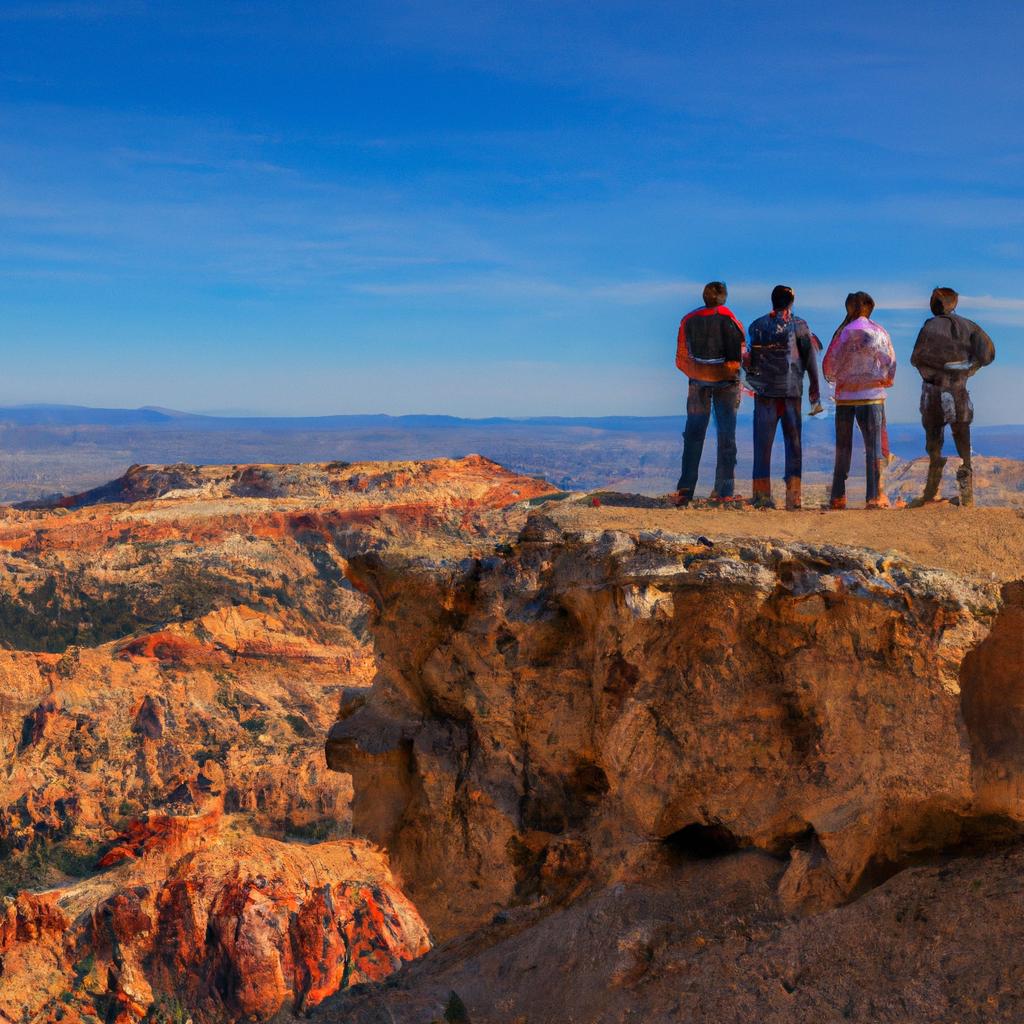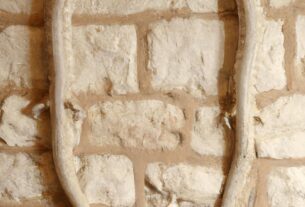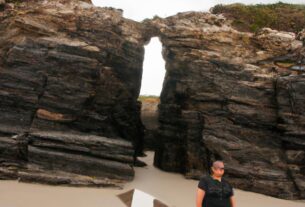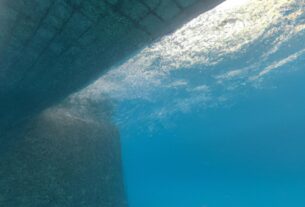Bryce Canyon National Park, located in the southwest region of the United States, is a true geological wonder. Its captivating landscapes, including majestic hoodoos, spires, and rock formations, make it an irresistible destination for nature lovers, hikers, and outdoor enthusiasts. In this article, we will delve into the park’s location, history, attractions, activities, the best time to visit, how to get there, and some essential tips for visitors.
Location and History
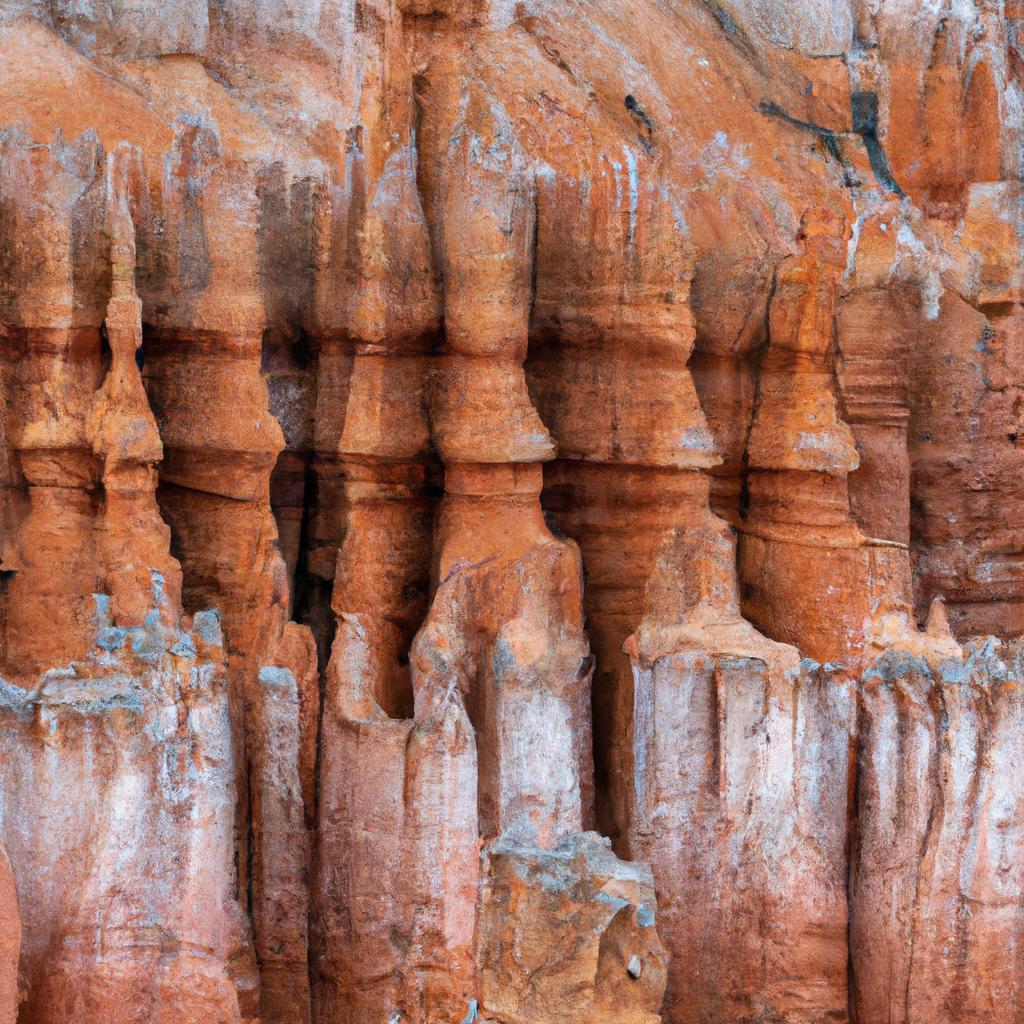
Covering an area of 35,835 acres in southern Utah, Bryce Canyon National Park is named after Ebenezer Bryce, who settled in the area in the 1870s. Bryce used the canyon to graze his cattle, and although it is not a typical canyon, it is a series of amphitheaters carved into the pink cliffs by erosion. The park reaches its highest point at Rainbow Point, standing at an impressive elevation of 9,115 feet.
Part of the Colorado Plateau, which spans parts of Arizona, Colorado, New Mexico, and Utah, Bryce Canyon fascinates visitors with its unique geology. Sandstone, shale, limestone, and volcanic rocks form the basis of the park’s spectacular formations. Among these formations, Bryce Canyon is home to the largest concentration of hoodoos in the world. Hoodoos are tall, thin spires of rock that rise from arid basins. Additionally, the park boasts other remarkable rock structures, such as fins, windows, and arches. Established in 1928, Bryce Canyon National Park attracts over two million visitors annually.
Bryce Canyon National Park is a paradise for hikers and nature lovers. The park offers a plethora of trails of varying lengths and difficulties, allowing visitors to explore its unique geological wonders. One of the most popular trails is the Navajo Loop Trail, a moderate 1.3-mile hike that takes you through the heart of the Bryce Amphitheater. Another favorite is the Queen’s Garden Trail, a 1.8-mile round trip that unveils a breathtaking garden of hoodoos.
Beyond hiking, visitors can immerse themselves in a range of activities, including camping, stargazing, and joining ranger-led programs. The park provides two campgrounds, North and Sunset, offering a total of 218 campsites. Please note that it’s advisable to make reservations during peak season as sites are assigned on a first-come, first-served basis. Bryce Canyon’s dark skies also make it an ideal destination for stargazers. Night sky programs are available for visitors to learn about constellations and celestial bodies.
Attractions and Activities
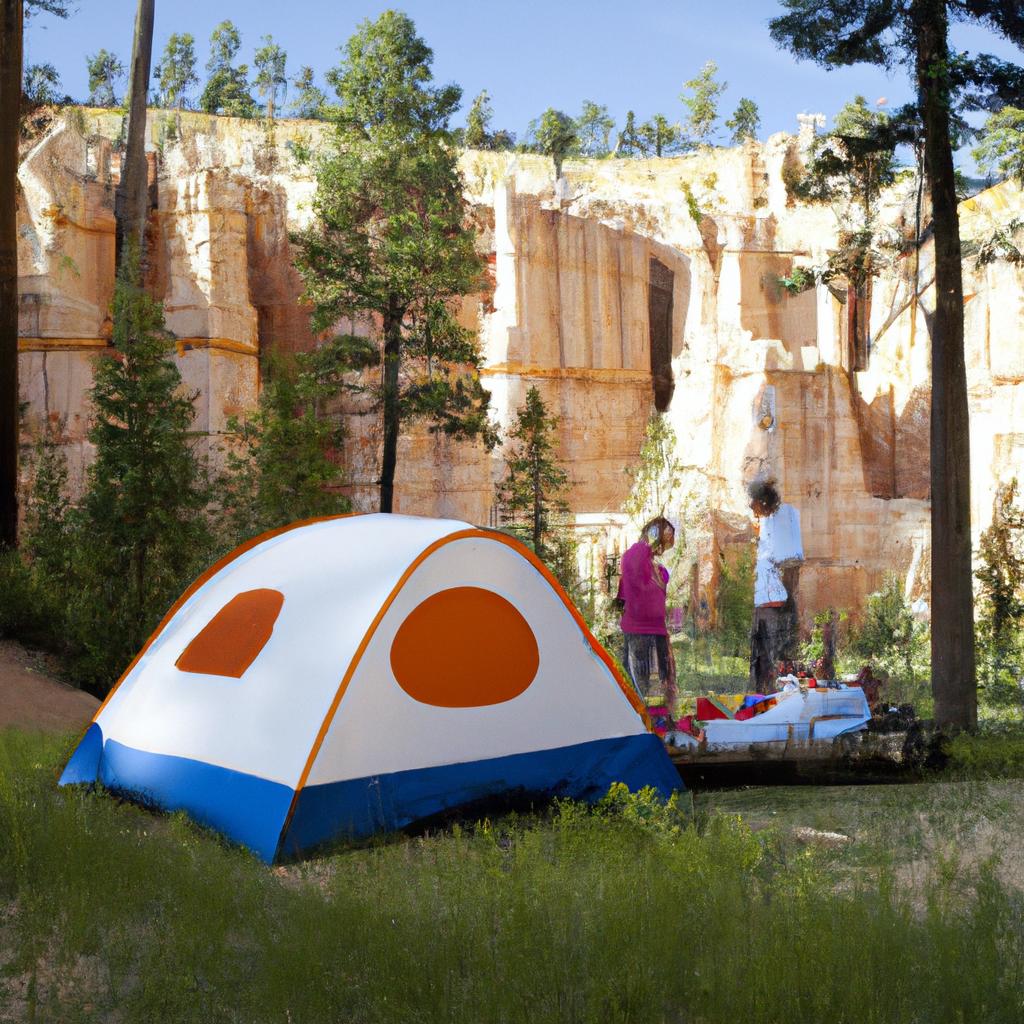
Bryce Canyon National Park offers a myriad of attractions and activities beyond hiking, camping, and stargazing. Its unique geological features, such as the hoodoos, fins, and arches, captivate visitors from around the world.
The hoodoos are the park’s most renowned attraction. These tall, thin spires of rock emerge from arid basins, shaped by the forces of erosion and frost-wedging. The hoodoos, displaying a palette of red, orange, and white, are particularly enchanting during sunrise and sunset.
Moreover, the park boasts a collection of other remarkable rock formations waiting to be explored. The fins, resembling the fins of fish, are narrow ridges of rock. Windows, holes in the rock, offer extraordinary views of the surrounding landscape. And the arches, formed through erosion, create natural rock bridges.
Best Time to Visit
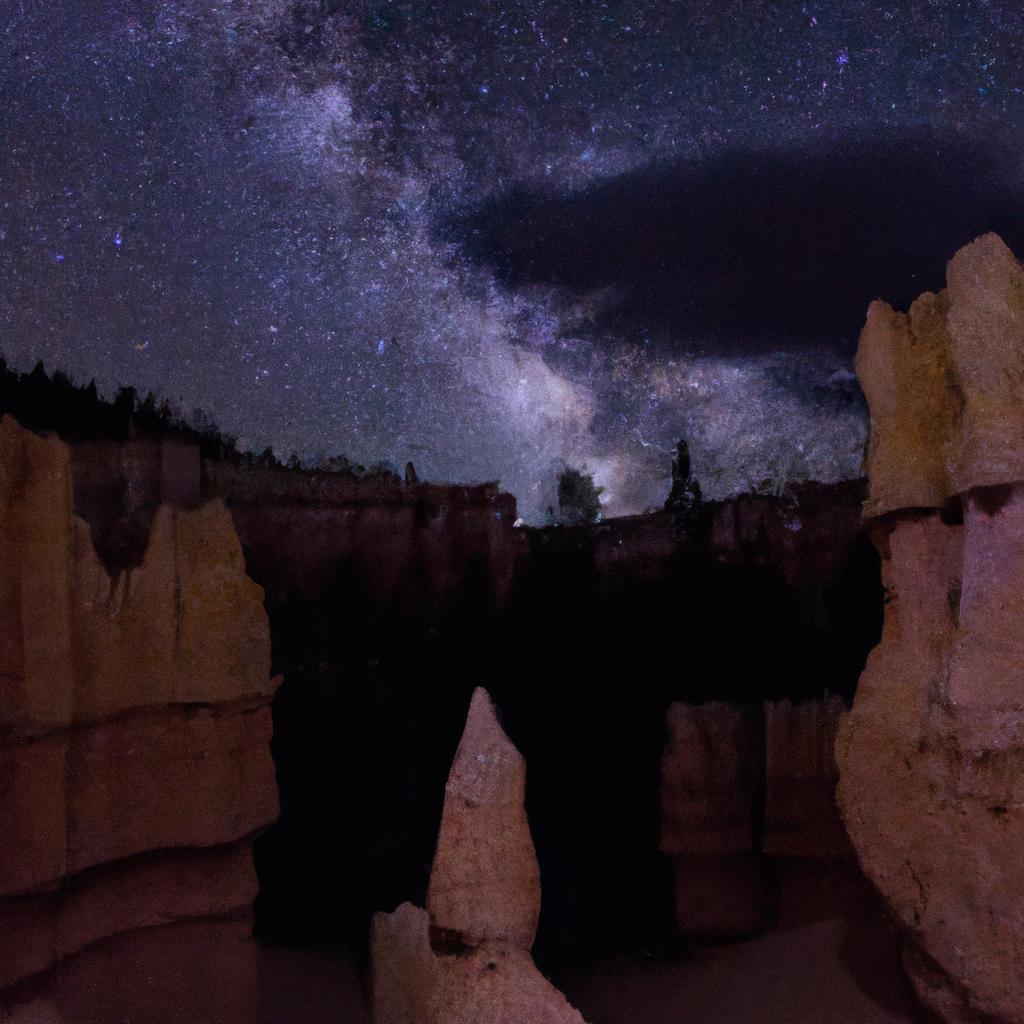
Bryce Canyon National Park welcomes visitors year-round. However, the best time to visit is from May to September. During these months, the weather is warm, and the park’s flora and fauna are in full bloom. It’s worth noting that the park experiences its peak season from June to August, resulting in increased crowds. If you plan to visit during this time, reservations are essential.
Weather conditions at Bryce Canyon can be extreme, so it’s crucial to be prepared for all types of weather. With an elevation ranging from 8,000 to 9,000 feet, temperatures can drop significantly at night. In the winter, the park receives an average of 100 inches of snow, turning it into a haven for cross-country skiing and snowshoeing enthusiasts.
Operating hours vary depending on the season. During summer, the park welcomes visitors from 8 am to 8 pm, while in winter, the hours are from 8 am to 4:30 pm. For updated operating hours, it’s advisable to check the park’s website.
How to Get There
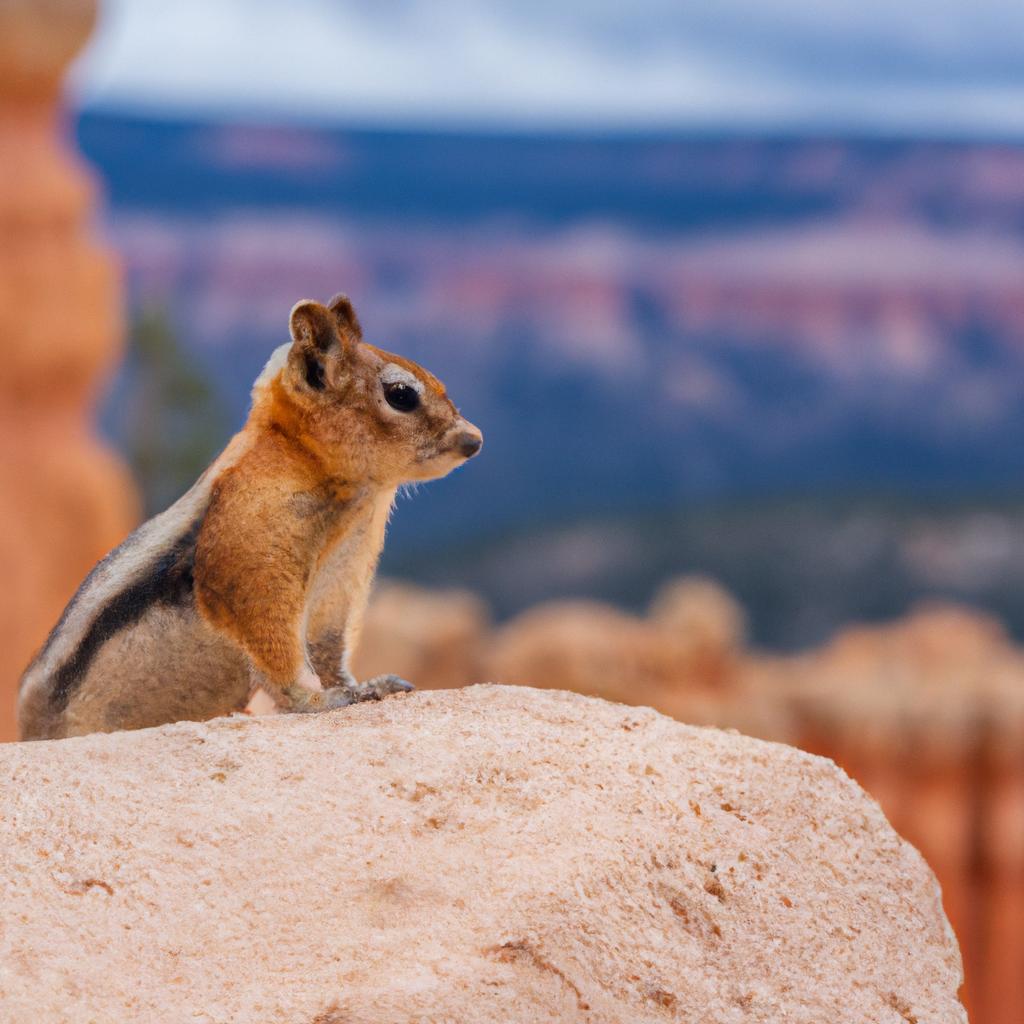
Bryce Canyon National Park may be situated in a remote area of southern Utah, but it remains accessible by car, public transportation, or air. Located 260 miles south of Salt Lake City, 270 miles north of Las Vegas, and 90 miles east of Zion National Park, reaching Bryce Canyon is possible.
By Car
If you’re driving, you can reach the park via US Highway 89 or Utah Highway 12. From the north, follow US Highway 89 to the town of Panguitch, then head east on Utah Highway 12 to Bryce Canyon National Park. If you’re arriving from the south, take US Highway 89 to the town of Hatch, then proceed west on Utah Highway 12. Keep in mind that while the park remains open year-round, some roads may close during winter due to snow and ice.
By Public Transportation
For those relying on public transportation, you can take the Bryce Canyon Shuttle from the town of Ruby’s Inn, which is located just outside the park. This shuttle service operates from April to October and stops at various points of interest within the park. Another option is to take a Greyhound bus to the town of Panguitch and then arrange a taxi or shuttle to the park.
By Air
The closest airport to Bryce Canyon National Park is the Bryce Canyon Airport, located just outside the park. However, it has limited service and only offers flights from Salt Lake City and Page, Arizona. For more flight options, consider flying into the McCarran International Airport in Las Vegas, which is approximately a four-hour drive from the park.
Tips for Visitors
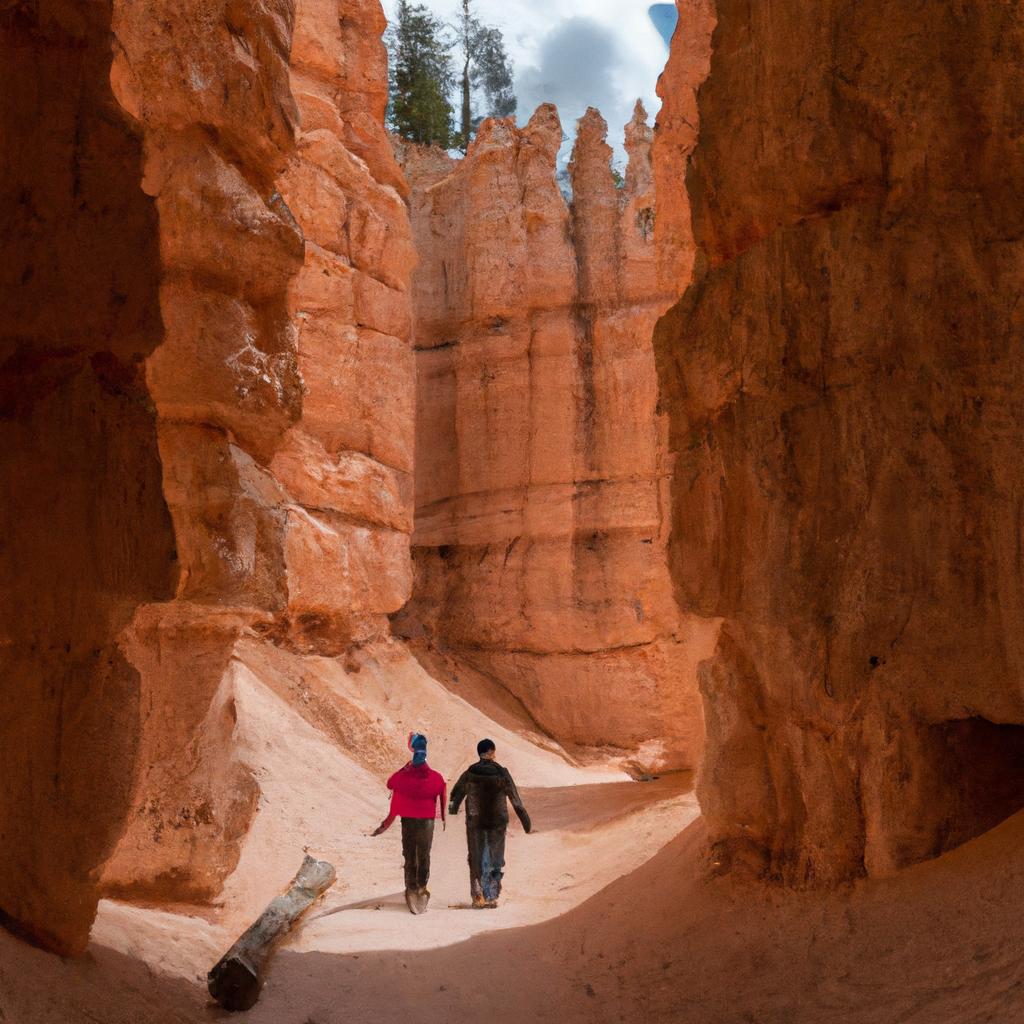
To ensure a safe and enjoyable visit to Bryce Canyon National Park, it’s essential to follow a few tips.
Dress Appropriately
The park’s weather can be unpredictable, so dressing in layers and wearing appropriate clothing and footwear is vital. With an elevation ranging from 6,000 to 9,000 feet, temperatures can vary significantly. Don’t forget to wear sunscreen and a hat to protect yourself from the sun’s rays.
Bring Plenty of Water
Staying hydrated is crucial, especially when hiking within the park. It’s recommended to bring at least two liters of water per person per day. Although the park has water stations, having your own supply is still advisable.
Stay on Designated Trails
Preserving the park’s fragile ecosystem is of utmost importance. Visitors must stick to designated trails and refrain from climbing on rocks or disturbing the wildlife. Additionally, it’s essential to pack out all trash and litter, leaving no trace behind.
Be Mindful of Wildlife
Bryce Canyon National Park is home to a variety of wildlife, including deer, elk, coyotes, and bobcats. Respect their natural habitat by keeping a safe distance and refraining from feeding them. Properly securing food and trash is crucial to avoid attracting animals to campsites.
Ready to embark on a memorable adventure in the breathtaking Bryce Canyon National Park? Start planning your trip today by visiting TooLacks, where you’ll find all the necessary information to make your visit extraordinary.
